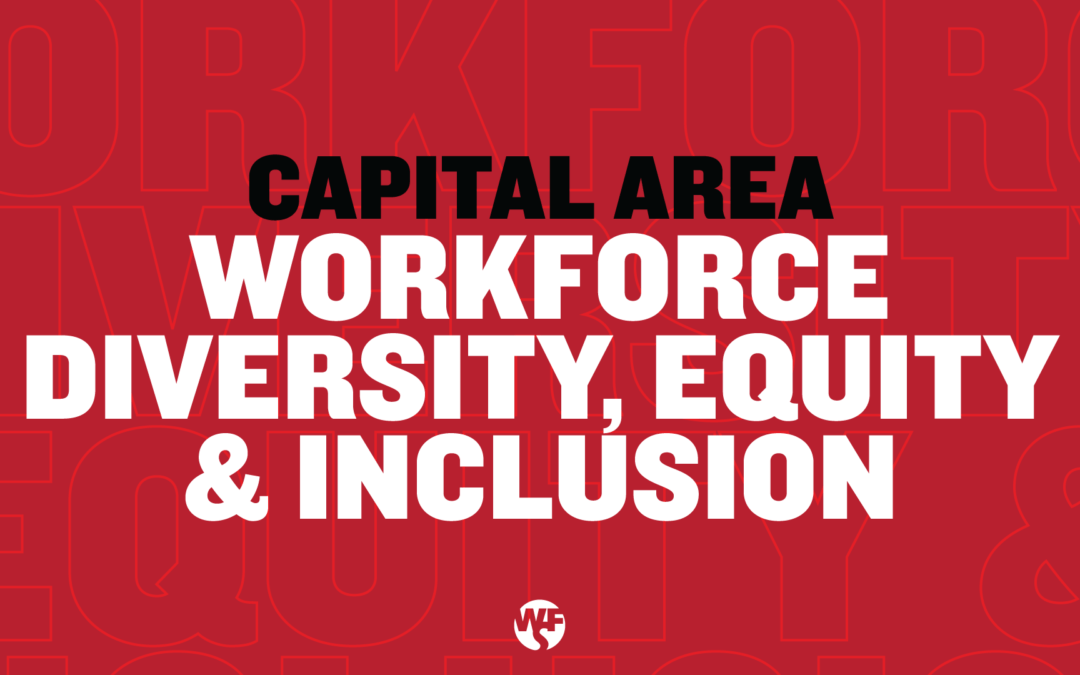Key takeaway: People of color have been disproportionately impacted by unemployment, and was exacerbated by the pandemic.
Key findings:
- In Texas, in the first quarter of 2021, while unemployment rate was at 6.9%, Black unemployment was at 11.2% and Hispanic at 8.0%. Meanwhile, White unemployment was 4.9%1
- In the Austin metro, in August 2021, when unemployment was 3.8% overall, Black unemployment was 6.0%, Hispanic at 4.1%, and White at 3.4%.2
- Also, unemployment claimant data shows that 69% (or about 110,000 people) of the 158,000+ unemployment claimants in Travis County since March 2020 have less than an associate’s degree. These claimants are disproportionately black or Hispanic.
Key ways WFS is helping address these issues…
- Workforce Solutions Capital Area is behind the Hire Local Plan, the next iteration of the Austin metro Community Workforce Plan which aims to improve economically disadvantaged residents’ access to better economic opportunities. Input from our community is ensuring the plan is inclusive and collaborative; empowers residents to more efficiently match employers’ skills needs; and successfully prepares economically disadvantaged residents for higher-skill jobs.
- WFS has seen success with equitable outcomes for our training programs. From 2016–2018:
- The average annual wage increase for an adult completer of our Current Workforce Training (where 88% of clients served were people of color) is substantial at more than $15,000/yr or approx. $7/hr more. The average wage after exit is $32,324. This program is designed for adults who are low income or laid off to enable them to enter the workforce at a self-sufficient wage.
- The average annual wage increase for a youth completer of our Emerging Workforce Training (where 90% of clients served were people of color) is substantial at more than $6,700/yr. This program is designed to assist in-school, at-risk youth with barriers ages 16-24 in obtaining their high school diploma/GED and enter post-secondary education or the workforce.
Bottom line: Workforce Solutions Capital Area supports a more equitable and inclusive skills training system to reach and engage with underserved, under-skilled, and under-represented populations. When individuals engage with us, our goal is to help them attain the most skills possible to earn the most possible.
Sources:
1. Economic Policy Institute
2. Burning Glass – Labor Insight


